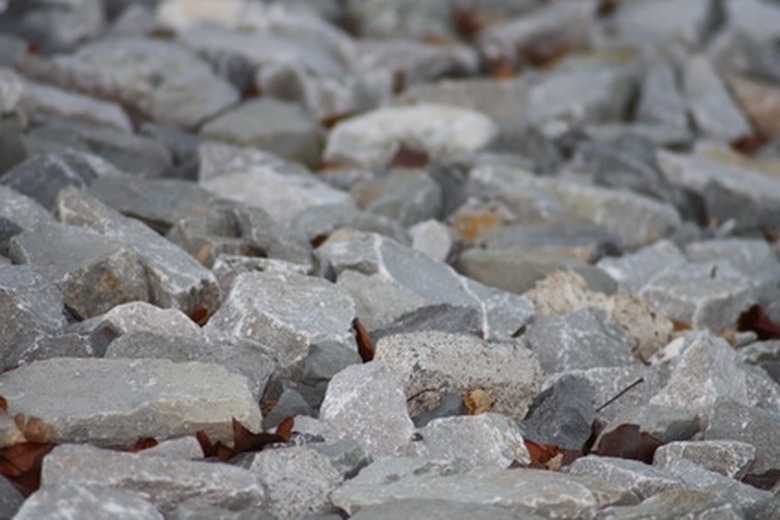How To Identify Metamorphic Rocks
Rocks that undergo changes are metamorphic rocks. Igneous and sedimentary rocks eroded by wind, weather and water become metamorphic rocks. Metamorphic rocks are changed by heat and pressure. Because they start as other rocks, there are many types. Use these tips to identify metamorphic rocks.
Step 1
Understand that metamorphic rocks are those that have changed in some way by heat or pressure or both. Sedimentary rocks are formed from sediments and igneous rocks are formed by fire. When these rocks change again, they become metamorphic. Marble is one type of metamorphic rock.
Step 2
Look at the texture of the rocks: some metamorphic rocks are layered and others are made up of grains. Quartzite and marble are granular. They do not have layers of material. Schist is a layered metamorphic rock.
Step 3
Identify the chemical reactions that create some metamorphic rocks. For example, rocks changed by the ocean or in the ocean will have salt in them. They are also identified by the amount of water and other minerals found in them.
Step 4
Look at the way the grain are formed. In schist rocks, you can see that the layers and the grains all go the same way.
Step 5
See the new forms caused by heat. There are many different types of metamorphic rocks depending on the amount of heat or pressure. Look at the type of change in the rocks and how the rocks melted from a heat source. One indication of metamorphism is the proximity to an erupted volcano. The heat from the magma can change rocks in the vicinity.
Step 6
Notice rocks near an area in the earth that has changed from moving plates. The pressure of the movement can change rocks causing them to become metamorphic.
Step 7
View websites for photos and charts of metamorphic rocks. Compare your rocks to those already identified as metamorphic like quartzite, hornfels and marble, slate, schist and gneiss.
Step 8
Note the shapes and the colors. Slate is grey and purple. It's formed in sheets. Schist is silver and looks like flakes. Gneiss has dark and light bands. Quartzite is white. Marble is multicolored.
Warning
Metamorphic rocks are difficult to classify because different amounts of heat or pressure to the same rock can look different.
Cite This Article
MLA
Contributor, . "How To Identify Metamorphic Rocks" sciencing.com, https://www.sciencing.com/identify-metamorphic-rocks-2104486/. 24 April 2017.
APA
Contributor, . (2017, April 24). How To Identify Metamorphic Rocks. sciencing.com. Retrieved from https://www.sciencing.com/identify-metamorphic-rocks-2104486/
Chicago
Contributor, . How To Identify Metamorphic Rocks last modified March 24, 2022. https://www.sciencing.com/identify-metamorphic-rocks-2104486/
